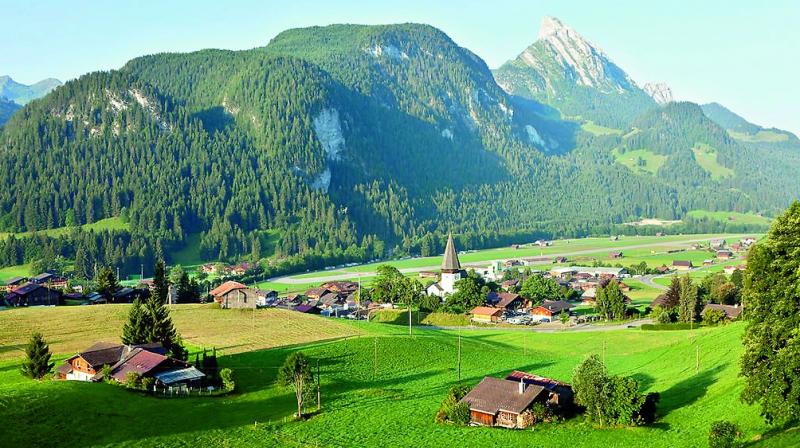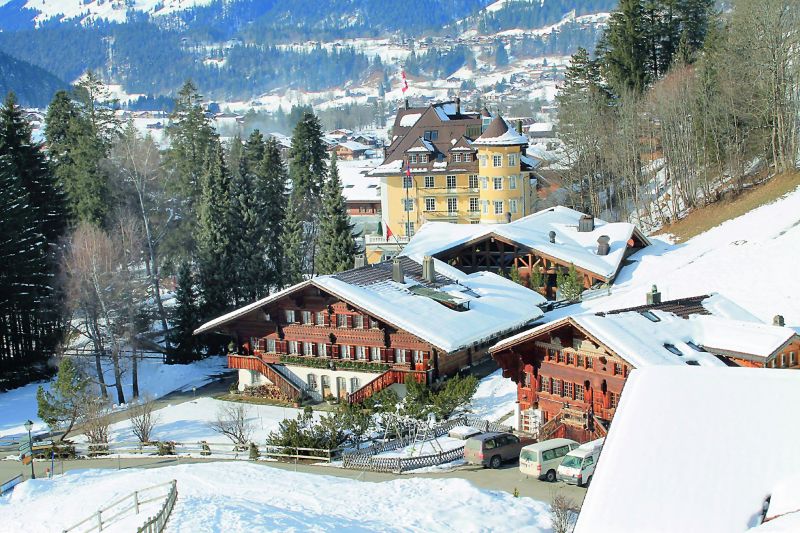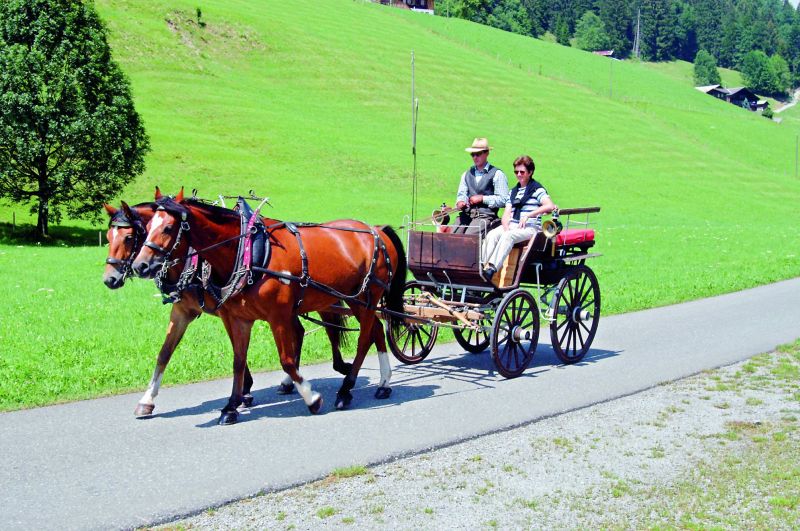The village of dreams

Jazz tunes fill the crisp air at 1,800 metres above mean sea level on Wassengrat, also known to locals as mountain of joy in Gstaad’s ski area in central Switzerland. A traditional attraction in Gstaad is a horse carriage ride. Two horses reared in Jura pull an eight-seater open-air cart. The hooves offer a consistent marching sound, as their thick manes and tails swoosh with the movement. This was the way locals moved before train network was developed in 1905, which is also when tourism started in the Saanenland region. Today, though the means is used only for tourists and during weddings. Locals have turned to e-bikes and cars.
We alight at the main promenade, which is a car-free zone since 1996, and is peppered with cafes, sports gear shops. The oldest chapel of the region stands strong since 1424 and the medieval glass paintings tell stories of farmers, warriors and kings. Flags are an important method of symbolism in all of Switzerland, and here, a yellow, black and red flag bears the bear, the canton of Bern, and crane to depict the communities in the Saanenland. Gstaad, a German-speaking region, heavily uses cheese and milk from Saanen goats, and potatoes for Rösti savoured with sausages and beef.

Bollywood tour
Two miles from Gstaad is the heritage village of Saanen, which retains an old-world charm and simple architecture compared to Gstaad, which has evolved as a luxury tourist attraction. In Saanen, one major attraction is paper cutting, practised by locals and popularised by artists such as Beatrice Straubhaar at the Museum Landschaft. But my guide is more excited to show me some Bollywood spots. Our carriage comes to a stop on an unimpressive bridge and she insists I take a picture. She smiles at my confusion. “I know, it is not so pretty to look at, but it is here that Raj from Dilwale Dulhaniya Le Jayenge mutters the three golden words: ‘Palat, palat, palat!’”
A special stop at Saanen station follows where Simran misses her train. Saanen, with its soft hills and lush green fields, takes you back in time when traders stopped here to rest, change their horse carriages and exchange mail. Interestingly, in 1575 the village was almost completely destroyed by a raging fire. Some of the houses date back to the period of reconstruction. The timber chalets are sunburnt over the ages and wear a deep wood colour. Intricate rosette carvings, and decorative pots of red geraniums add a uniformity to the village, whose symbol is the Saanen goat.
 A traditional attraction in Gstaad is a horse carriage ride
A traditional attraction in Gstaad is a horse carriage ride
At a village grocery store, which sells the Vacherin, a high quality hard cheese, I decide to try some hand-made caramel ice cream. Creamy, salty texture and a sweet aftertaste, my cup is licked clean in a couple of greedy bites. After that I walk around the village which is hosting the Menuhin festival founded by the violinist Yehudi Menuhin till September. Saanen’s quiet and picturesque lanes leave a calm memory in the mind. We get into the horse carriages for our ride back to Gstaad.
Phorum Dalal is a Mumbai-based travel and food writer.

